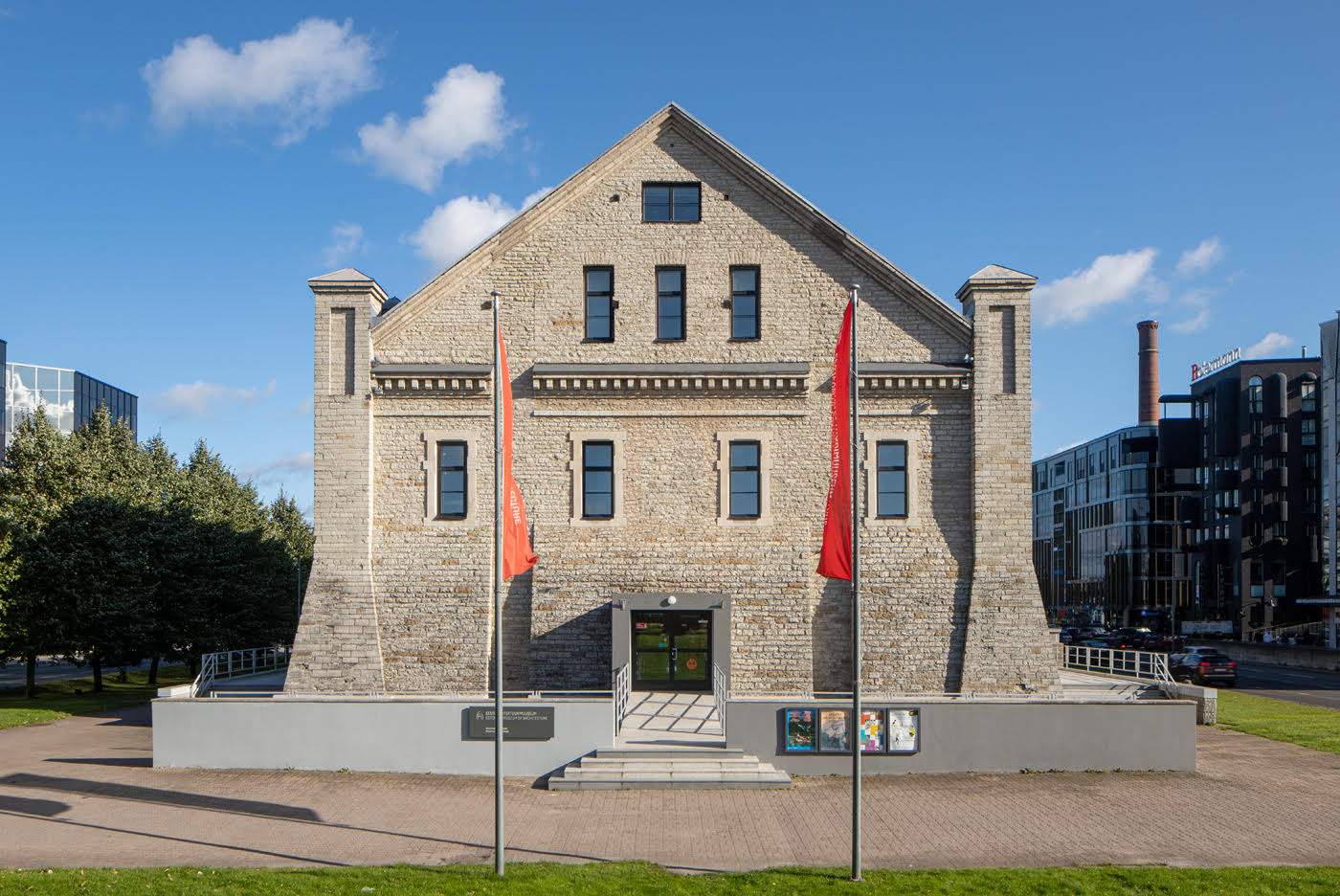The Estonian Museum of Architecture offers the opportunity to order city tours to different parts of Tallinn to take in the local architecture. These tours take groups to enjoy the city’s everyday environment and sample the military and industrial history of the city.
Please book a city tour to your desired part of the city s at least five business days before the date by email info@arhitektuurimuuseum.ee
The most favourite City tour has proved to be to the Rotermann quarter
The Rotermann quarter is an example of the symbiosis of contemporary uniquely high-quality architecture and an ensemble of protected 19th century industrial buildings.
Inside former mills, and grain and flour processing buildings there is now a picturesque array of restaurants, shops, offices, and apartments. The tour starts with an introduction to 20th century Estonian architecture in the former salt storage that houses the Estonian Museum of Architecture. The tour then continues through the adventurous contemporary modifications of the industrial buildings.
Duration: 2 hours
Language: English, Finnish, Russian
Group size: max 30
| TOUR IN ESTONIAN | FOREIGN LANGUAGE TOUR | |
| Group up to 15 people | 200€ | 300€ |
| Group up to 30 people | 300€ | 400€ |








